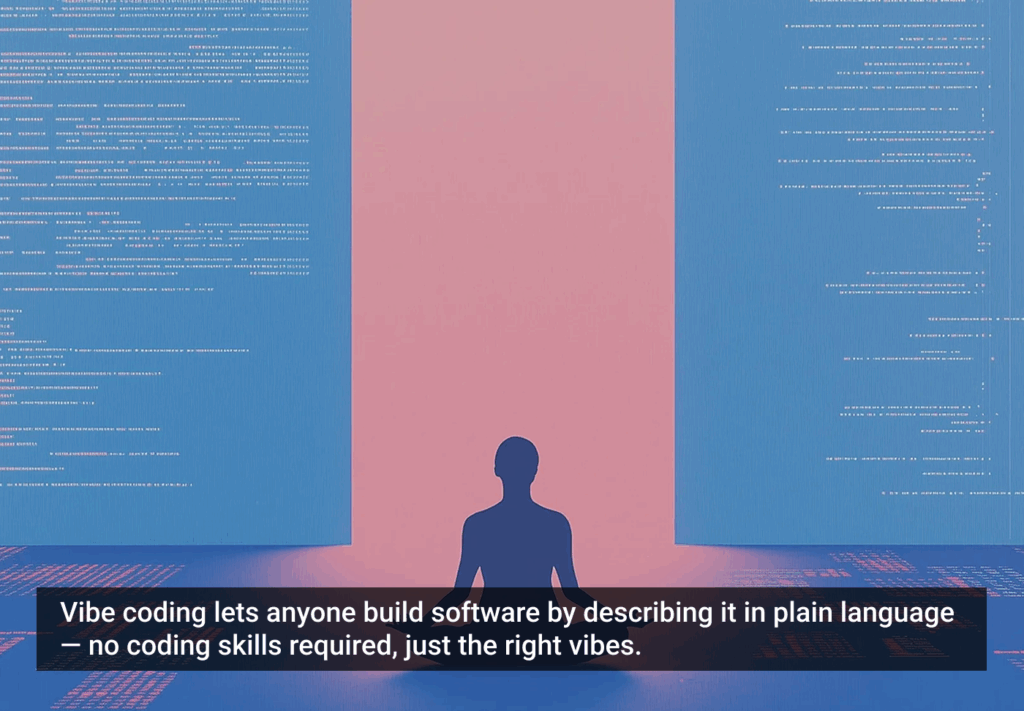Often flooded with customer support requests, the service desks at many large telcos have their fair share of ups and downs. A typical day can range from providing exceptional customer service that boosts customer loyalty, to handling the repetitive, everyday tasks that take up valuable employee time.
Conversational AI can help alleviate some of the challenges specific to support within the telco industry. A virtual agent built on the right technology can automate much of the mundane work associated with customer service while enhancing the parts that already work well.
Here are five key ways that telcos can use conversational AI to enhance the customer experience.
Keep Customers Top-Of-Mind
It’s no secret that in today’s on-demand world the expectations of customers are sky-high. They assume that the brands they interact with are available 24/7 with instant, helpful and personalized service – and rightly so. This is especially true for telco services, where differences in the quality of products can be difficult to spot for the inexperienced consumer. If a phone and internet provider is unable to offer a frictionless customer experience, you can bet that the competition will be waiting to swoop in, happy to oblige.
That’s why it’s crucial to keep the end-user in mind when building and implementing a virtual agent. If you shift your focus too far from the core principle of solving your customer’s pain points the chances of success diminish greatly.
Use Existing Data to Your Advantage
You are already likely to have excellent insight into what direction you should be building your virtual agent towards based on existing support initiatives. Focusing on leveraging this data can help deliver value for both your company and customers.
By starting with high volume, low complexity cases, a virtual agent will allow you to relieve support staff from overwhelming amounts of inquiries and add instant value by tackling high-volume tasks. Prioritize to relieve existing channels as much as possible from the start to create instant business value. Advanced functionality is then a natural next step in the development of the project.
Time-To-Market, Scope, and Scalability
Many chatbot projects either end up launching with a very limited scope or fail to launch entirely, primarily due to complex software with clear limitations that proves difficult to scale. That is why it’s important to seek out a solution with pre-built content specifically for the telco industry so you can kick-start your virtual agent quickly. Partnering with a vendor that has a proven track record of live implementations is also a big plus.
It’s always preferable to have a strong foundation of industry-specific content ready to go, rather than a bunch of ‘fun’ Star Wars jokes. You can always add personality to your virtual agent along the way but you’ll have happier customers (and a better return on investment) if you can solve their queries from day one.
The Right Technology Is Key
If you wish to truly offer a great customer experience, your virtual agent should be more than just a simple FAQ bot. In telco, we’ve found that the majority of user interactions are transactional in nature – ordering more data, resetting SIM lock, bill payment, etc. Therefore, going beyond conventional website FAQs and integrating backend systems via user authentication is key to delivering great value to your customers via conversational AI.
While answering FAQ-style questions is where you will deflect a high volume of traffic from your human support, taking on transactional capabilities can deliver additional value while creating new business opportunities via sales and upselling.
Upkeep and Development
The amount of knowledge needed to train a virtual agent varies greatly depending on the underlying technology. The people best suited to create the unique ‘voice’ necessary to make your virtual agent the ultimate representation of your brand should be the very best of your support staff, especially if they have some technical know-how. This is because they are already intimately familiar with your products and services, as opposed to a data scientist that needs to learn the domain and your company’s support practices.
Great solutions have AI training included in their portal where your staff can enhance their skills and continue further developing the virtual agent. This approach is a key way to keep costs down while delivering value by not needing to blow your budget on expensive consultants.
This article was originally published in MarTech Advisor.







